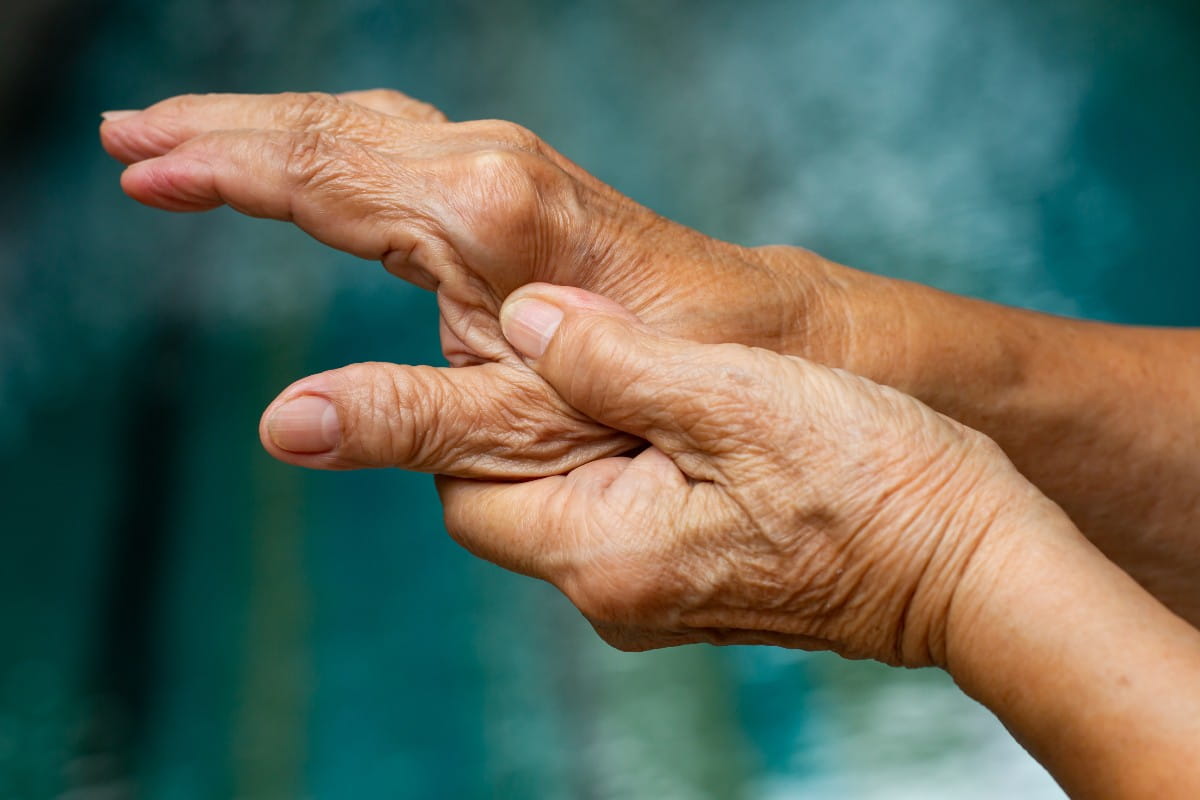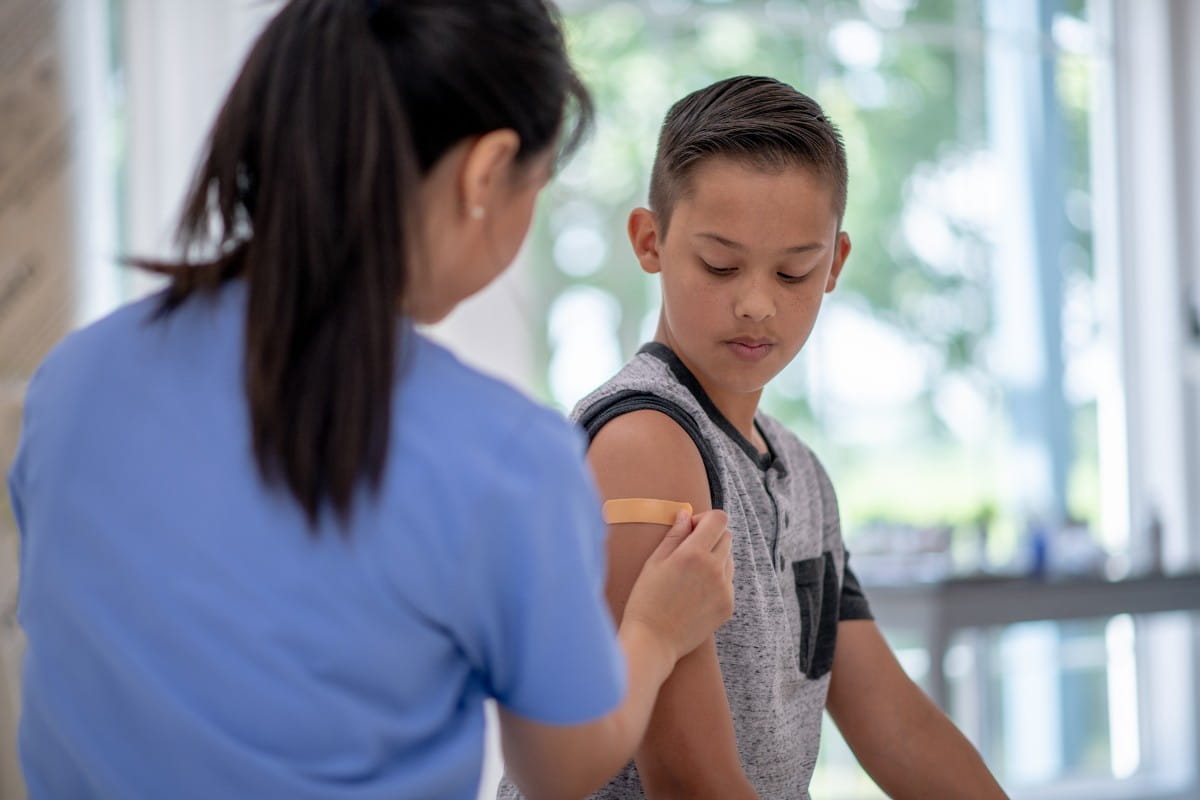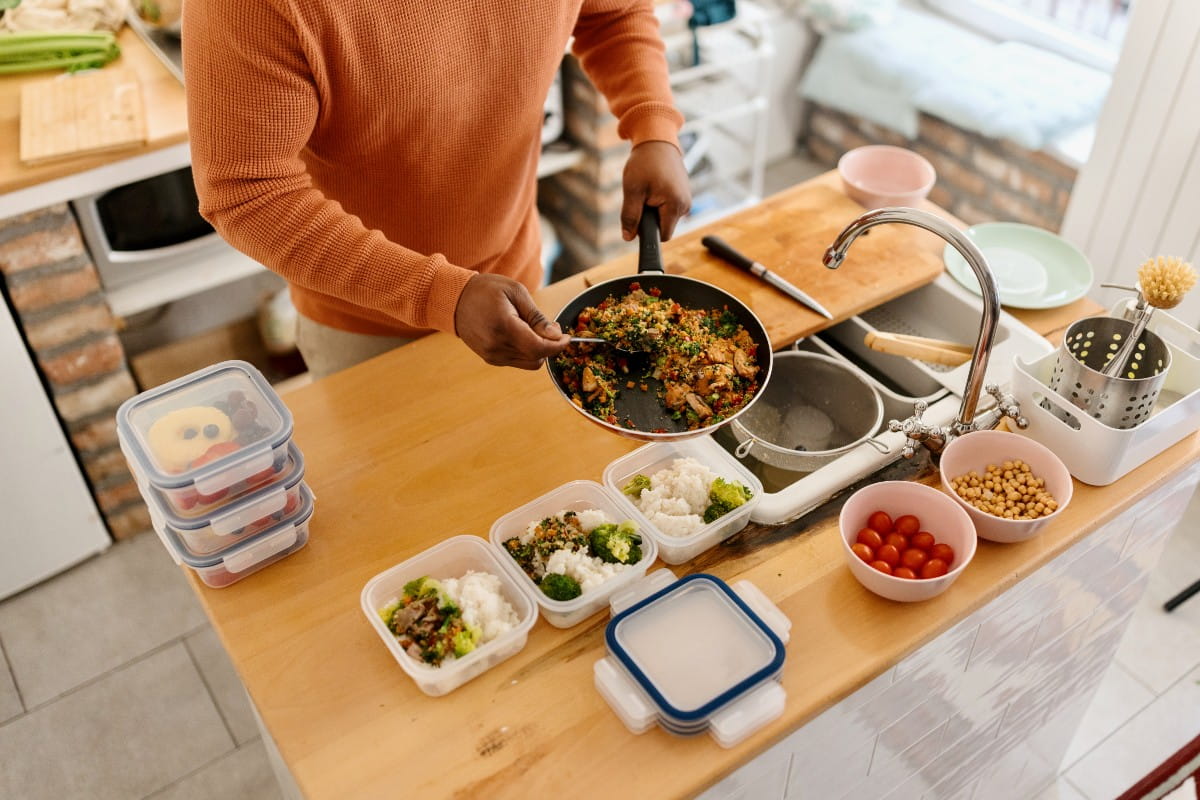COVID-19, which stands for coronavirus disease 2019, is a respiratory illness caused by a contagious virus named SARS-CoV-2. Contagious means it spreads from one person to another. In the case of COVID-19, transmission appears to occur when an infected person coughs or sneezes and the respiratory droplets land in someone else’s eyes, nose or mouth.
“When someone with COVID-19 coughs or sneezes without covering their mouth or nose well, they can infect anyone within 6 feet of them,” says Rebekah A. Sensenig, D.O., physician specialist in infectious disease at Riverside Health. “And though we’re finding that most people who get the virus have mild symptoms and recover well, the elderly and those with certain medical conditions can develop severe complications that can become fatal.”
High complication rates in certain high-risk groups – along with reports that the virus may also spread before people show symptoms – is why public health experts and public officials are talking so much about social distancing and why it’s so important to stay home if you can.
Social distancing means keeping your distance or staying away from other people, especially if COVID-19 is spreading in your community or nearby. You can help slow the spread of the virus by knowing its symptoms, practicing good social distancing, and staying informed on the outbreak by reading reputable information from sources like the Centers for Disease Control and Prevention.
COVID-19 Symptoms
Even though COVID-19 is still thought to be a relatively low-risk virus for most Americans, the situation is changing daily. Because of this, it’s good to be proactive and know the symptoms so you can spot the illness in yourself and those around you.
If you’re experiencing fever, cough and trouble breathing, it could be COVID-19. This is especially true if you’ve been in contact with someone who has been diagnosed with the virus, if the virus is spreading in your community, or if you’ve recently returned from an area with known cases.
If you have these symptoms and think you’ve been exposed to COVID-19, stay home and call your primary care doctor or Riverside Nurse for guidance.
Practicing good social distancing
Dr. Sensenig says good social distancing really starts with those who are sick.
“Contagious respiratory viruses like COVID-19 have to run their course,” she says. “So unless you need medical care because you’re in a high-risk group or experiencing severe symptoms, stay home so you don’t spread the illness.”
For those who aren’t sick, these social distancing tips can help protect you from COVID-19:
- Stay at least 6 feet away from others, especially if they’re showing symptoms.
- Follow all social distancing orders and recommendations given by your local, state and federal leaders.
- Suspend handshaking and even elbow taps to maintain distance.
- Work from home if you can.
- Avoid public transportation if you can.
- Avoid all events with crowds of over 10 people.
- Find a house of worship that offers online services.
- Suspend unnecessary shopping trips and other errands.
Learn more about the difference between COVID-19, the flu, the cold and seasonal allergies: Is it the coronavirus, the flu or something else?



